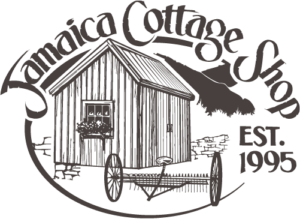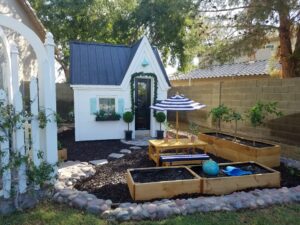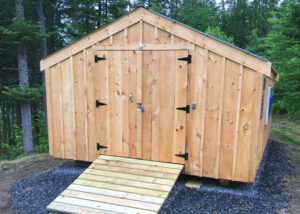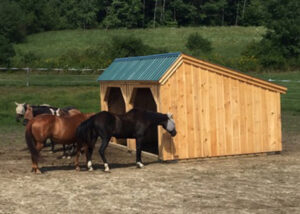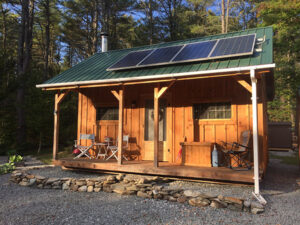
Ethan Waltman of Tiny House Lifestyle Podcast and Domenic Mangano, Jamaica Cottage Shop’s founder, had the opportunity to talk and really root down some of the core things to consider when beginning to design your own tiny home.
NEEDS AND BUDGET
One of the biggest dictators on how to design a tiny house is your budget. When considering what you can live with and what you can live without, keep an open mind to your budget. A little extra planning or financing can go a long way into getting you a home you will be happy with for years to come.
HOW DO YOU WANT TO LIVE YOUR LIFE?
Define your me and truly define your minimal needs. What can you not live without?
Consider space, modern conveniences, things easily taken for granted. Will your home require running water, hot water, toilets, and electricity? Will these things be hooked up to existing systems or self-sustaining and “off-grid”?
Understanding how these answers directly impact your budget will help you make the best choices in the long run. If your original budget doesn’t reasonably accommodate everything you’d like at first, consider financing or adding items in the future. When you design your own tiny home, it may be more reasonable to start with the frame and go from there.
FOUNDATION AND LOCATION
How many times do you expect your tiny house to move during it’s lifetime?
If you plan to move your tiny house several times or have it on the road, consider building it on a trailer. This will make your tiny house much easier to move. Keep in mind over-the-road legal dimensions. 102″ from drip to drip, will help keep your traveling tiny home legal—any larger, wide load permits may be required.
If you plan to move it once or twice in its lifetime, consider building it on skids as opposed to a trailer. Keep in mind over-the-road restrictions. Additional requirements may be necessary for buildings up to 14′ wide. If the building will only be moved once or twice, it may be well worth the additional living space.
Keep in mind, buildings on wheels tend to depreciate, like RVs and Trailers, while buildings attached to land tend to appreciate.
If your structure is built on skids and may be moved a few times in its life, consider also Helical Piles. Helical Piles are like giant galvanized screws. These “screws” with heavy machinery that spins that screw into the ground. These can generally be “unscrewed” and “re-screwed” if you wish to move your structure. Cons for this type of installation can include limited tolerance for hitting ledge or rock in your hole. Read more about these screw piles here.
No matter which foundation you choose, don’t underestimate the importance of gravel.
If you plan on parking your small house on wheels, think gravel. If you’re planning to build your tiny house on skids, think gravel. If you are pouring a foundation or building on piers, don’t forget the gravel!
You need a foundation that will hold your structure high and dry as opposed to settling in and sinking. Gravel prepares the ground to handle this weight while providing excellent drainage. Don’t forget to plan for how you’re going to get all the gravel into your location, as well as the rest of your building supplies.
Jamaica Cottage Shop offers custom designs for your perfect tiny home. Design Your Tiny House Now!

